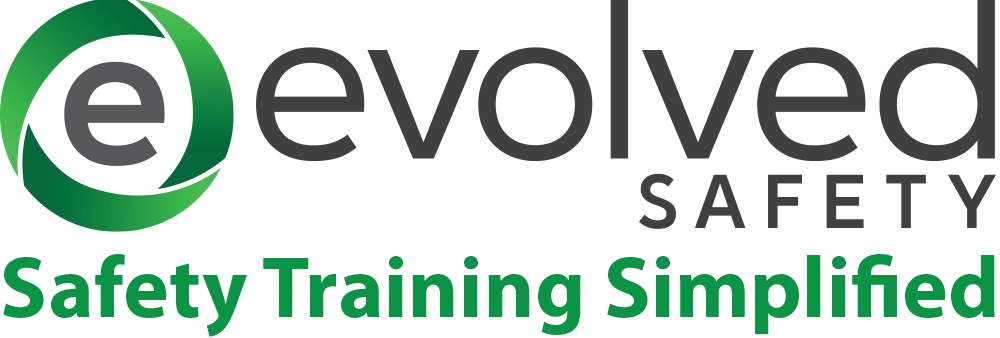What Safety Professionals Need to Know About Your Role in Employee Mental Health

There is data to support that the we the people of the United States are some of the most anxious in the world. And that millennials, who are now entering the workforce, are the most anxious, well… of the anxious. A survey conducted by the Anxiety Disorders Association of America revealed that 72% of people self-report dealing with daily stress and anxiety that interfere with their working lives at least moderately.
Although feeling anxious doesn’t necessarily equate to a medical mental health diagnosis, employee mental health is no doubt an area of concern for employers. Depression costs industry $43 billion annually; anxiety runs $42 billion annually; medical claims dollars total $3.8 million annually, and the lost-time burden is $6.6 million annually. (Center for Workplace Mental Health, American Psychiatric Association Foundation)
As a safety professional you have a direct role in recognizing and responding to mental health issues for your employees. Here’s what you need to know.
1. Legal Obligations
You must have a clear understanding of your legal requirements as an employer. Psychiatric disability is one of the most common types of disability covered under the Americans with Disabilities Act of 1990 (ADA), with about 18% of workers in the U.S. reporting a mental health condition in any given month.
Applicants and employees with psychiatric disabilities have two main rights under the ADA. First, they have a right to privacy. Except when asking for an accommodation, they can choose whether to tell the employer about their disability. But, this doesn’t mean that you must tolerate bad behavior and underperformance. Second, they have a right to a job accommodation unless this causes undue hardship for the employer. Ask your human resources team or legal team for information regarding your specific state laws and how to handle accommodations if you are unsure.
2. Recognize the Symptoms
Unfortunately, trying to tell the difference between expected behaviors and what might be the signs of a mental illness isn’t always easy. These are some common symptoms/behaviors seen in the workplace:
- missed deadlines
- reduced productivity
- reduced quality of work
- absent or late more frequently
- relationship issues or conflicts with co-workers
- withdrawal or reduced participation
- anxiety, fearfulness, or loss of confidence
Often it’s not a single change, but a combination of marked changes that can signal something more is going on than a “bad mood” or “someone not seeming themselves.”
3. Know How to Respond
Your workplace should have a plan in place that creates and open and supportive means for employees to discuss and address mental health issues; either their own, or if they are concerned about a coworker.
In human resource terms, these plans are referred to as an employee assistance program (EAP), which is a work-based intervention program designed to assist employees in resolving personal problems that may be adversely affecting the employee’s performance. (Society of Human Resource Management) HR, safety, legal, and leadership teams should be included in the development and implementation of these programs. It’s most important that your response plan is well communicated and universally understood to effectively address concerns when they arise.
4. Build Trust
Bottom line, people are reluctant to discuss mental health issues. There is a stigma of shame and embarrassment for those that are affected, and a lack of understanding which leads to fear, confusion and frustration for everyone involved. How do you overcome this? Keep talking about it.
Training to help employees understand and recognize mental health issues in themselves and others, and how your organization offers support can help you avoid unnecessary challenges and build a positive workplace culture. Send the message across the workplace that workers with psychiatric disabilities have the same right to a respectful and effective workplace as any other worker with a disability.
Getting Results
Just like you would approach any other workplace safety matter, to best protect your employees, yourself, and your organization everyone needs to be on the same page about how you will recognize and respond to employee mental health issues.
Evolved Safety offers a variety of training programs that can help you create a culture of wellness and support mental health awareness in your workplace. Topics include:
- Conflict Resolution Strategies
- Discrimination in the Workplace
- Diversity in the Workplace
- Leadership Skills for Managers
- Managing a Successful
- Preventing Workplace Harassment – Employees
- Preventing Workplace Harassment – Managers
- Workplace Violence
Download the Evolved Safety catalog or call us at 844.528.4486 to learn more about these training programs today.
Sources:
“Accommodating an Anxious Workforce”, https://hr.dickinson-wright.com/2019/07/22/accommodating-an-anxious-workforce/ (accessed August 1, 2019)
“Case Study: Johnson & Johnson”, https://workplacementalhealth.org/Case-Studies/Johnson-Johnson (accessed August 1, 2019)
“Mental Health Conditions in the Workplace ADA”, https://adata.org/factsheet/health (accessed August 1, 2019)
“Recognizing Risk: 5 R’s of Workplace Mental Health”, https://www.morneaushepell.com/ca-en/insights/recognizing-risk-5-rs-workplace-mental-health (accessed August 1, 2019)
Notes:
- Disabled individuals or those regarded as having a disability may also be protected under other federal, state, or local laws, including Title VII and state discrimination laws.
